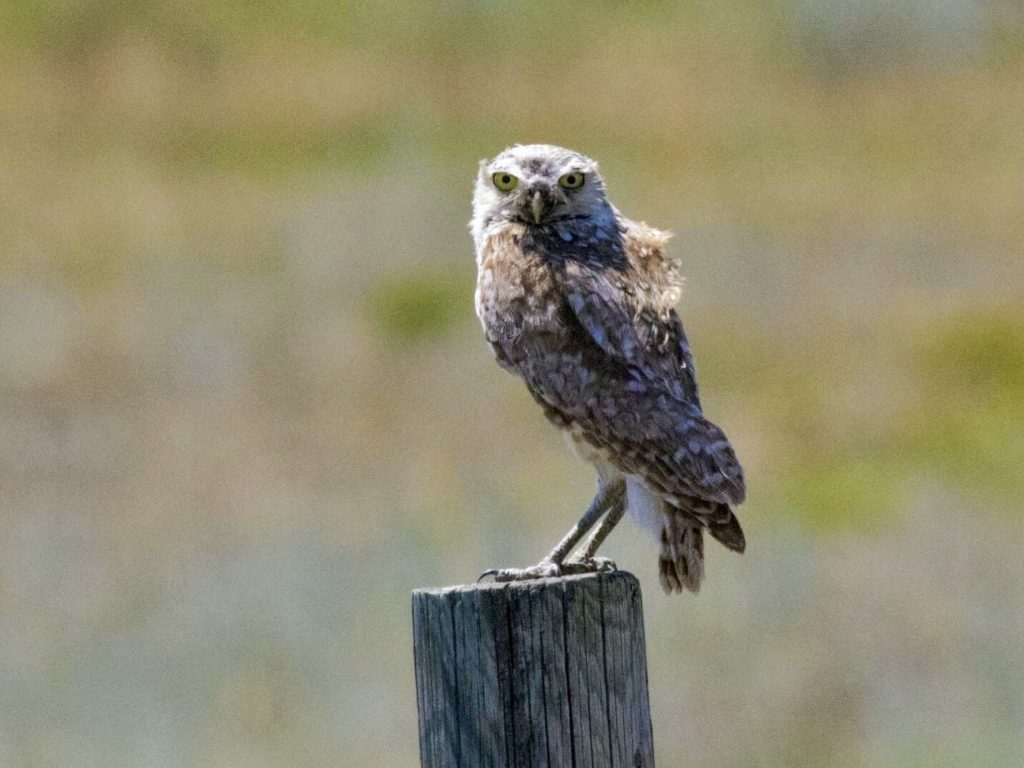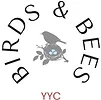Truly Odd Birds

The Burrowing owl is one of our oddest birds. Their practice of nesting underground is their most striking difference but so too are their long legs and bright yellow eyes. The development of their long legs enables sprinting as well as flying when hunting. The birds that breed in Canada arrive in April and May and nest in abandoned mammal burrows, which they enlarge as needed. The male lines the interior with feathers and plants in preparation for nesting. The male provides food for the female who remains underground to incubate the eggs and raise the chicks.
Declining Population
Many young die of starvation because the male is unable to bring sufficient food back to the nest. Juvenile and adult Burrowing owls are preyed upon by a wide range of predators, the most common being raptors and American badgers. To discourage predators, the Burrowing owl can make a noise similar to the hiss of a rattlesnake’s tail.
In addition to predators, other factors contribute to the decline in populations. Conversion of grassland to cropland, combined with the fragmentation and degradation of remaining grasslands. This results in the elimination of nesting sites. The use of chemical pesticides to control grasshoppers and other insects, as well as poison control of ground squirrels and prairie dogs, constitutes another major threat reducing important food sources and adversely affecting Burrowing owl body chemistry.
Although poorly qualified, collisions with vehicles are thought to be a significant source of mortality for adult and juvenile Burrowing owls. The Burrowing owl often forages near roads, where grass conditions are optimal for the small rodents and insects it feeds on
Additional Facts
Unlike most owls in which the female is larger than the male, the sexes of the Burrowing owl are the same size. The Burrowing owl appears to be primarily nocturnal. In fact, it hunts day or night and is most active at dawn and dusk. It catches more insects during the day and more mammals at night. The Burrowing owl collects mammal dung and puts it in and around the burrow. The dung attracts dung beetles, which the owl then captures and eats. Because they spend significant amounts of time underground, they have developed a high tolerance for carbon dioxide.
If you enjoyed this post, we encourage you to signup for our newsletter:
Sign up for our monthly newsletter that keeps you up to date on our in store specials, monthly savings and has great articles about local birds, It also lets you know what upcoming seminars and workshops are happening in our Classroom/Gallery.
By submitting this form, you are consenting to receive marketing emails from: . You can revoke your consent to receive emails at any time by using the SafeUnsubscribe® link, found at the bottom of every email. Emails are serviced by Constant Contact
